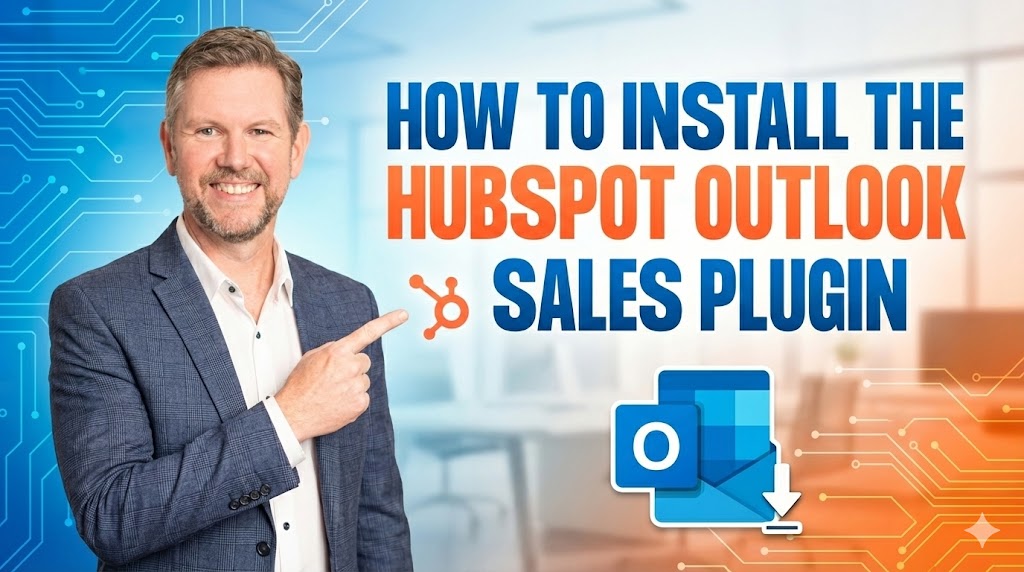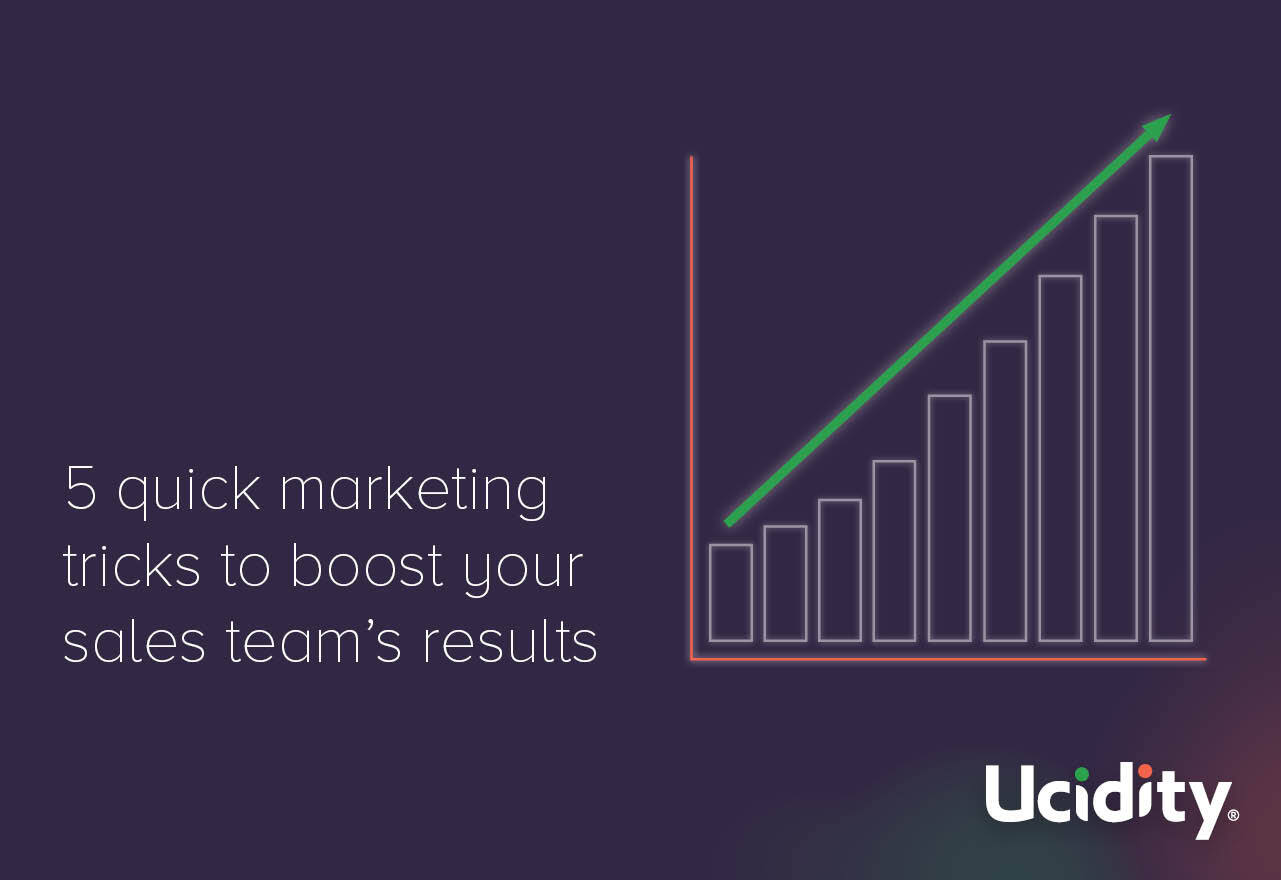
Content Marketing | 4 min read
Have you struggled to manage and grow your sales opportunities?
It’s often because we segment sales, into sales and marketing, into marketing. What ends up happening to prospects is that they feel the message is fragmented and the client loses trust.
How will this affect my business?
Every business is created with the best intention to deliver an experience for customers unlike others they would have experienced thus far. As the business grows, it becomes more and more difficult to maintain the brand experience. Leads fall through the cracks, customer follow up can be neglected because of time pressures, marketing lacks the resources to execute consistently through a strategy and leadership teams find it hard to offer guidance without tangible tracking.
Despite how linked the two departments are and how much they depend on each other, it can be difficult for salespeople and marketers to have insight into each other’s unique challenges — which can result in disconnection. Although both roles are vital to company growth, it can be difficult for salespeople to keep up with what marketers are doing, and vice versa.
These perceived differences often lead to miscommunication, friction, and other issues related to sales and marketing misalignment. This is a common struggle throughout workplaces. Nearly half of B2B employees say that the biggest issues with their company’s sales and marketing alignment are poor communication, broken processes, and different department-wide KPIs.
“If misalignment isn’t handled properly, it could cost your company time, money, and customers in the long run. According to a Forrester study, 43% of CEOs say that misalignment has cost them sales. This can also lead to a damaged reputation, poor public review, declining conversions, customer lifetime value drops and your best employees are more likely to leave.”
SOURCE: Forrester
It’s not surprising that friction between marketing and sales can cost a company money. If a sales team is unaware of how they can work with marketing to promote a new product, the product might not get the proper promotion. In another scenario, if sales teams don’t tell marketing about the common customer pain points they’ve heard about on sales calls, the marketing team’s campaign might not properly highlight how a product can solve for the customer.
Sales and Marketing alignment can help your company become 67% better at closing deals, and can help generate 209% more revenue from marketing.
How can I align my business efforts?
So, how can we create this alignment between sales and marketing? It takes two things — An over-arching Strategy and a System to maintain the customer experience.
The Strategy is made up of three key components which take both Sales and marketing sitting together.
- Ask your marketing and sales team to create a Buyer Persona together (No more than three). Clearly identify what a right fit customer looks like, the reason these types of customers are of value to the business and reinforce it with industry research.
- Document content gaps and automation along a Buyer’s Journey. Look at your content across your multi-channel marketing strategy including social media, white papers, infographics, e-books, case studies, and email streams. Ensure that the content aligns to connecting to the customer type in the persona and that Sales is across what is going out so that they can leverage it on calls with customers.
- Be customer-centric with your language. Remember you are not the customer. We often get caught writing what we think is important or focusing too much on products or services. You want to position your content around solutions. In the end, the customer just wants to know if it’s going to fix their problem, you are the professional. Build that authority through your content and a customer will take your lead, knowing you are a right fit for the issue they are having.
This is what it’ll look like…
Case study: Growing Monthly Recurring Revenue
Agicap growth exploded through inbound marketing, timely sales activities, and prospect nurturing.
With a 360° managed solution of the customer journey, Agicap’s was able to meet its objectives. Aligning the sales and marketing efforts to a single go-to-market strategy enabled this rapid growth.
As a rapidly growing start-up, they looked for a solution that is easy to use, increasing resources to be hands-off, and allowing scale for the long run.
- 8x total monthly reoccurring revenue in one year
- 3x new monthly reoccurring leads per account executive each month
- 2x qualified leads each month in one year
Case study: 86% Sales Revenue Growth
Commission Factory is a SaaS and Managed Service Provider for eCommerce websites looking to increase their sales and customers via their Network of Publishers.
Commission Factory uses a suite of Marketing and Sales solutions in order to generate opportunities through a multi-channel strategy. Using a comprehensive set of parameters to pre-qualified opportunities, managed lists, and automated nurturing, as well as seamless meeting functions, to manage calendars has supported this accelerated growth. With these in place, target accounts are effective and generate value into the future.
- 86% revenue increase
- 100s of hours saved engaging qualified opportunities
Published on March 23, 2022





.jpg)